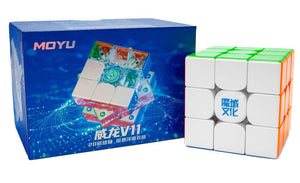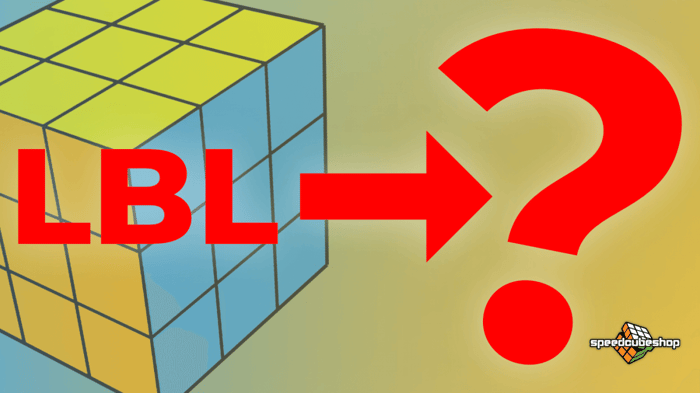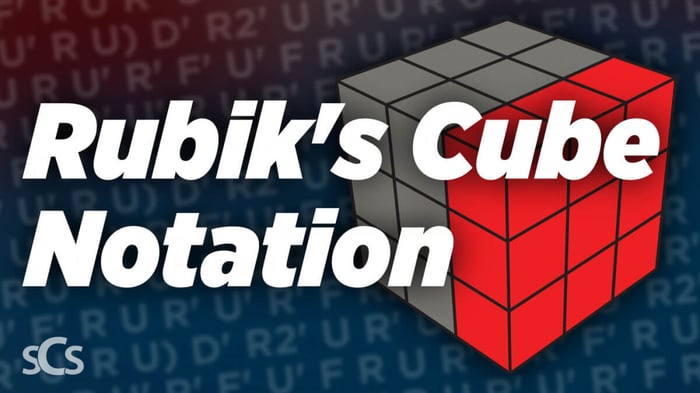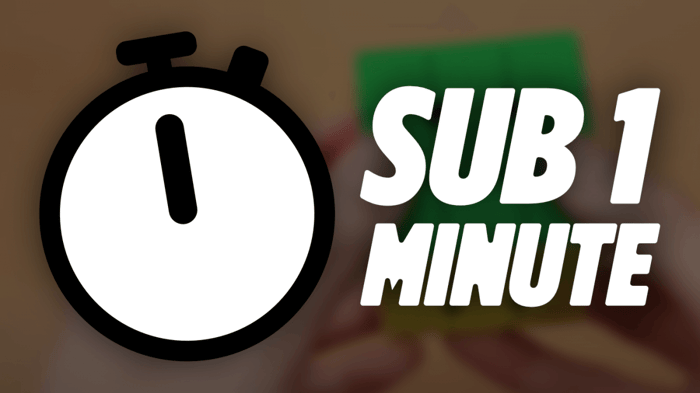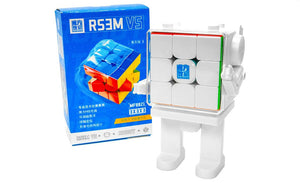After learning to solve the 3x3 with the beginners method, a common question we get asked is "how do I get faster?" Here we answer what advanced 3x3 method to leran after beginners method, along with each method's pros and cons.
Beginners Method
Haven't learned how to solve the 3x3 yet? Check out our 3x3 beginners guide here. It is highly recommended that you are familiar with both Rubik's cube notation and have some form of general knowledge as to how the Rubik's cube works.
CFOP
CFOP, is bar far the most popular advanced speedcubing method. This method is not only popular for 3x3, but is also used on bigger puzzles such as 4x4 thorugh to 7x7 by reducing the big cubes into a 3x3 - so it is an extremely useful method to learn
CFOP itself stands for
- Cross
- First Two Layers (F2L)
- Orientation of the Last Layer (OLL)
- Permutation of the Last Layer (PLL)
Check out J Perm's "Rubik's Cube: How to Learnt the CFOP Speedcubing Method" video
Roux
The second most popular method, the Roux method, invented by Gilles Roux, is known for its "intuitive" solving style, constiting of "block building" on the left and right faces of the cube as the first two steps. It is also well-known for both it's heavy use of the "M" or middle vertical slice
Steps (for right handed solvers)
- First Block (Left face)
- Second Block (Right face)
- CMLL (Stands for Corners Last Layer, orientation and permutation of corners)
- Last Six Edges (LSE)
Left-handed solvers can mirror the first two steps, so it would be First block on the right face, and Second Block on the left face, if they find this more comfortable. However, it may be necessary to mirror some algorithms found online for these steps.
Check out SpeedCubeReview's "Complete Beginner Roux Tutorial"
ZZ
Invented by Zbigniew Zbrowski, the ZZ method is quite similar to the CFOP method, but is also known for its lower average movecount, similar to the Roux method. The way this is achieved is through an additional first step called EOLine, where the solver orients all edges whilst solving the Front and Back layer cross edges.
Steps:
- EOLine
- ZZ F2L - Since edges have been oriented, the solver only needs to make R, U and F moves to solve F2L
- Last Layer - This can be solved in a number of ways, since the last layer edges are already oriented. Common last layer subsets include ZBLL.
A number of ZZ variants exist, some of which use F2L to influence Last Layer cases, and others solve F2L and Last Layer separately.
SpeedCubeReview's "ZZ Rubik's Cube Method Tutorial". It is advised that you are somewhat familiar with the CFOP solving method before watching this first.
Petrus
Probably the least popular of the four methods, Petrus, invented by Lars Petrus, is a block-building based method similar to Roux, where the first two layers are solved with little to no algorithms. The method uses fewer moves than CFOP, but the block-building can be arguably more difficult for newer cubers to understand, similar to Roux.
Steps:
- Build a 2x2x2 Block
- Solve a 1x2x2 Block to create a 2x2x3
- Orient remaining edges
- Finish first two layers by completing the 2x2x3 block
- Solve last layer - similar to ZZ
SpeedCubeReview's Petrus Tutorial
